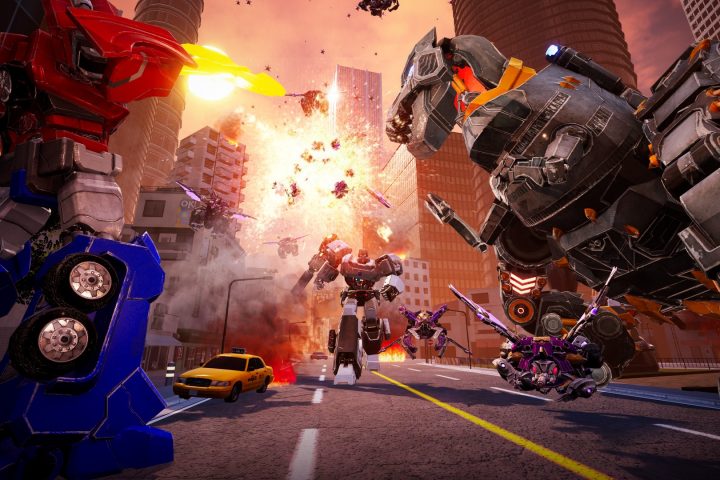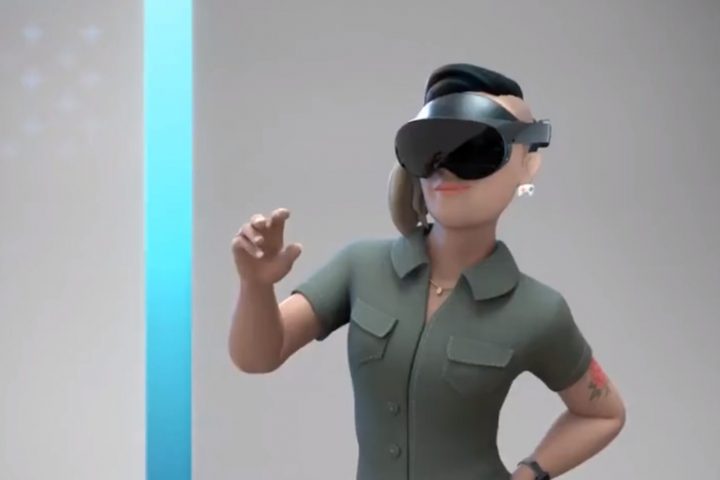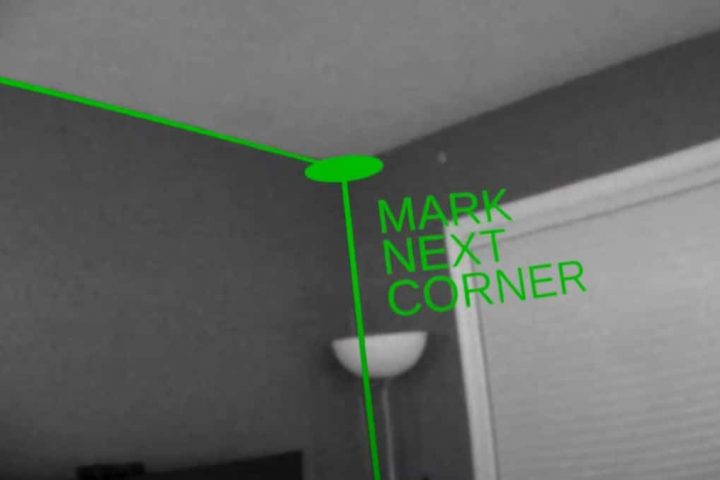Maya, the paid tool from Autodesk, and Blender, a free and open source alternative, are two of the most popular 3D creation tools in the industry. Maya is the tool used to create the 3D assets for countless films, TV shows, and video games. Blender is used by hobbyist projects, but is also used by large organisations such as NASA.
Because neither Maya nor Blender support virtual reality, Japanese startup MARUI-PlugIn developed plugins for each application to add VR support; which they call ‘MARUI’ and ‘BlenderXR’. MARUI is a paid plugin ($50/month or $550 lifetime) for Maya, whereas BlenderXR, just like Blender itself, is free and open source with optional donations supporting it.
MARUI supports Oculus Rift, HTC Vive, and all Windows MR headsets, while BlenderXR supports all these and the eye tracking PC VR headset ‘FOVE 0’ too.
For many creators, being able to see and manipulate assets at real scale directly with your hands and to look around it by simply moving your head is a paradigm shift from current monitor-based workflows. The folks behind the MARUI-Plugin claim that VR can reduce the cost of 3D production by up to 50%. The plugins aren’t focused on the full range of features for Maya or Blender. Instead, the company is focusing on design and animation. Using your hands to directly manipulate parts of the model that should move can be far more intuitive than the current approach of trying to move and rotate elements in 3D space with a mouse & keyboard.
Source: ‘MARUI’ Plugins Bring VR Support To Popular 3D Tools Maya and Blender




